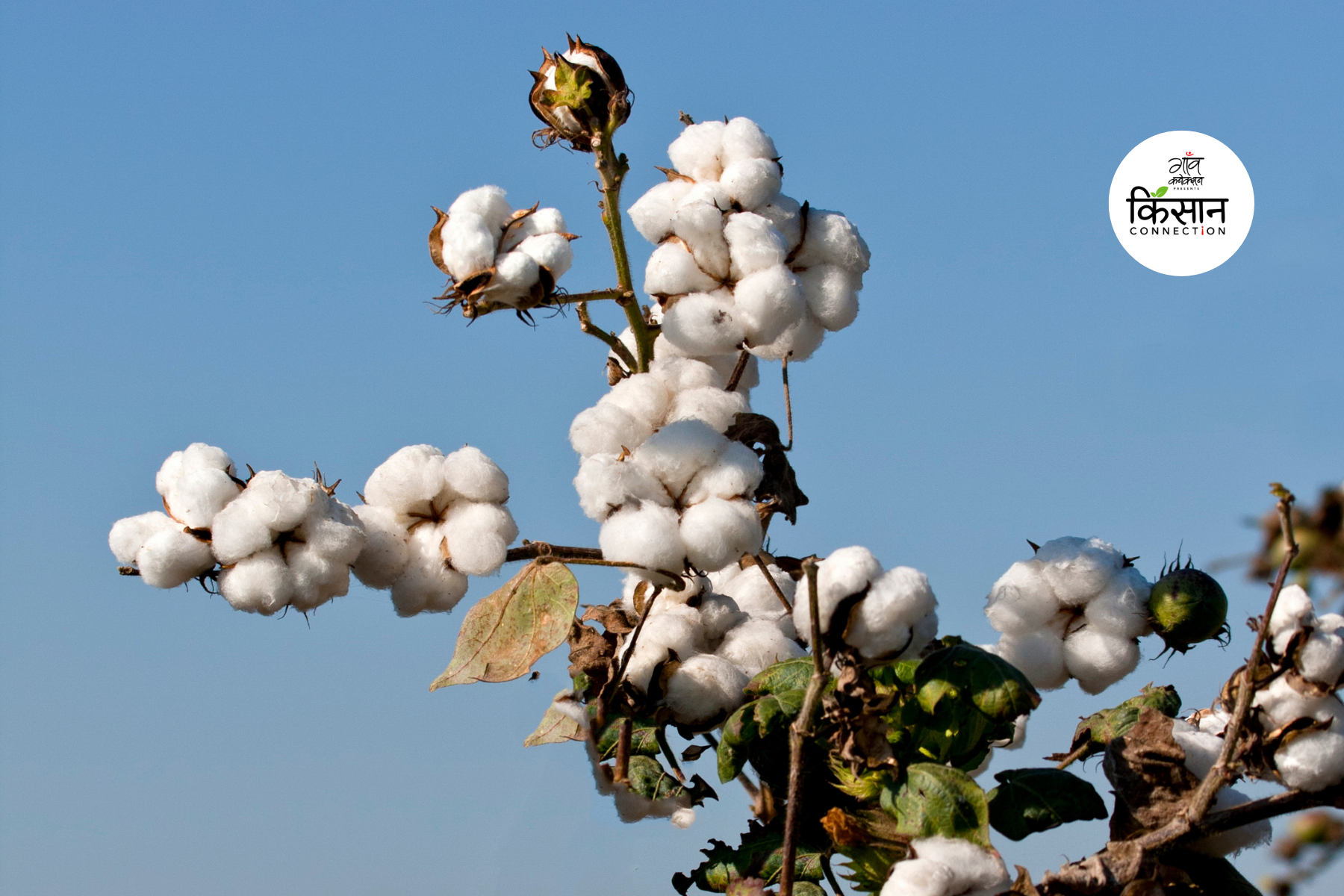Shravasti and Lucknow (Uttar Pradesh)
It is a sunny afternoon at Sonbarsa village in Uttar Pradesh, and a few young girls are outdoors giggling as they wash utensils. One of them is 12-year-old Chimki. Chimki was married off last year. She doesn’t know much about her husband, who is double her age. She had never met him before, she said.
Chimki had dreamt of becoming a Hindi teacher. Instead at the age of 12 she is a bahu (daughter-in-law). Her parents told her they couldn’t afford to keep her in school any longer and she was married off. “It was God’s will. Jo bhagwan chahi tono hoyi, and I cannot fight my father,” Chimki told Gaon Connection.
“Dehat ma to aise hi ho jaat hai [Such marriages are common in villages],” her friends who are with her there, giggle.
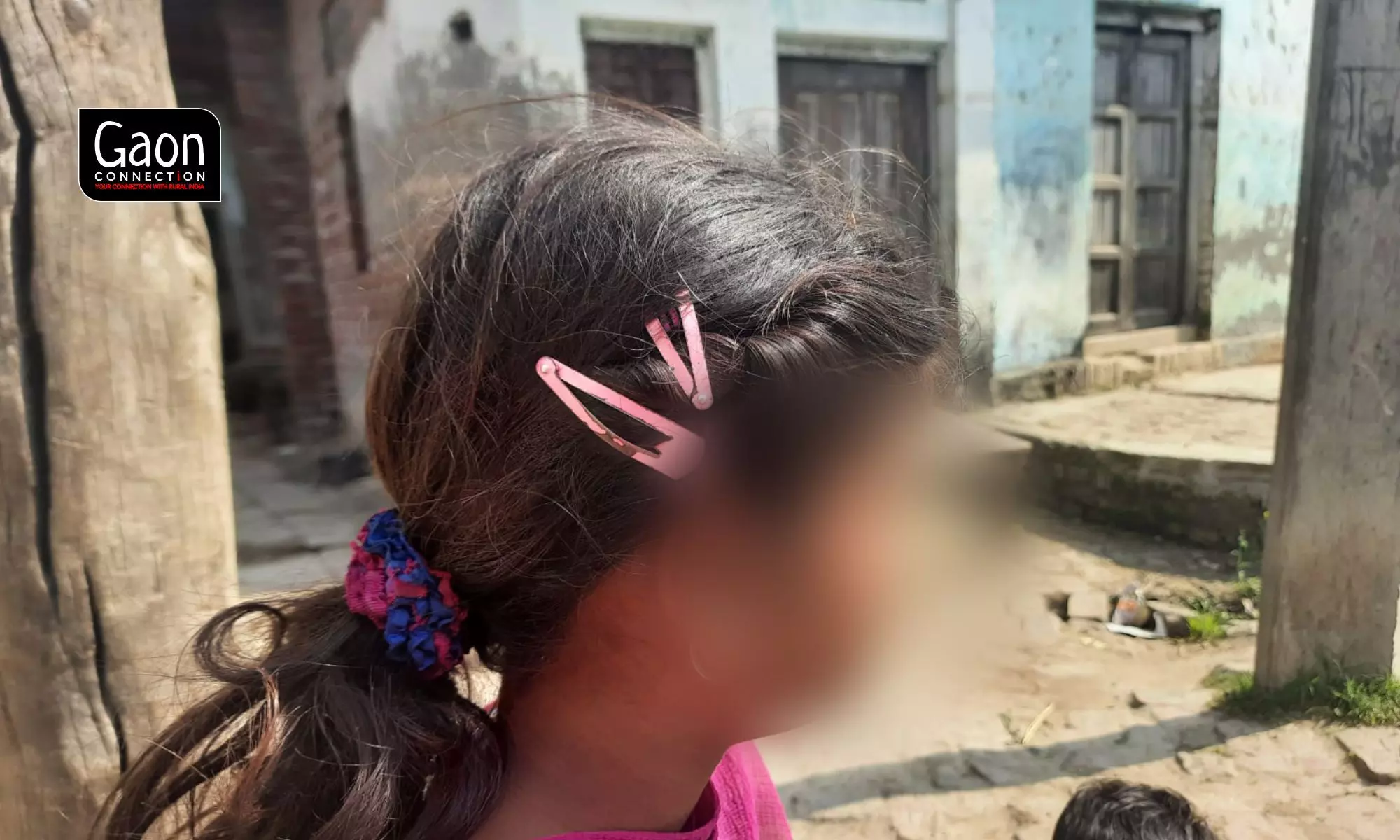
The data from the National Family Health Survey (NFHS-5: 2019-21) reveals an ugly reality of Shravasti district from where Chimki hails. More than 50 per cent of the women who are in the age group of 20-24 years were married before they turned 18.
Chimki is just one of the 36 million child brides in Uttar Pradesh who are denied education, safety, and who are prey to domestic violence.
Watch video
Child marriage is a national problem in India which is home to one out of every three child brides in the world. There are over 226 million child brides in the country with one in four young women married off in childhood. Of this, 99.8 million were married before they turned 15, revealed data from a UNICEF report released on International Women’s Day this year.
Over half of Indian child brides live in Uttar Pradesh, Bihar, West Bengal, Maharashtra and Madhya Pradesh.
“Girls invariably drop out of schools and early marriages and pregnancies lead to a serious spike in maternal and child mortality rates,” Prabhat Kumar, deputy director, child protection, Save the Children, a global non-profit working for child rights told Gaon Connection.
Child brides invariably end up as victims of brutal abuse, like 17-year-old Gudiya. Living barely five kilometres from Chimki’s village, Gudiya was only 15 years old when she was married to a 35-year-old man, as his second wife.
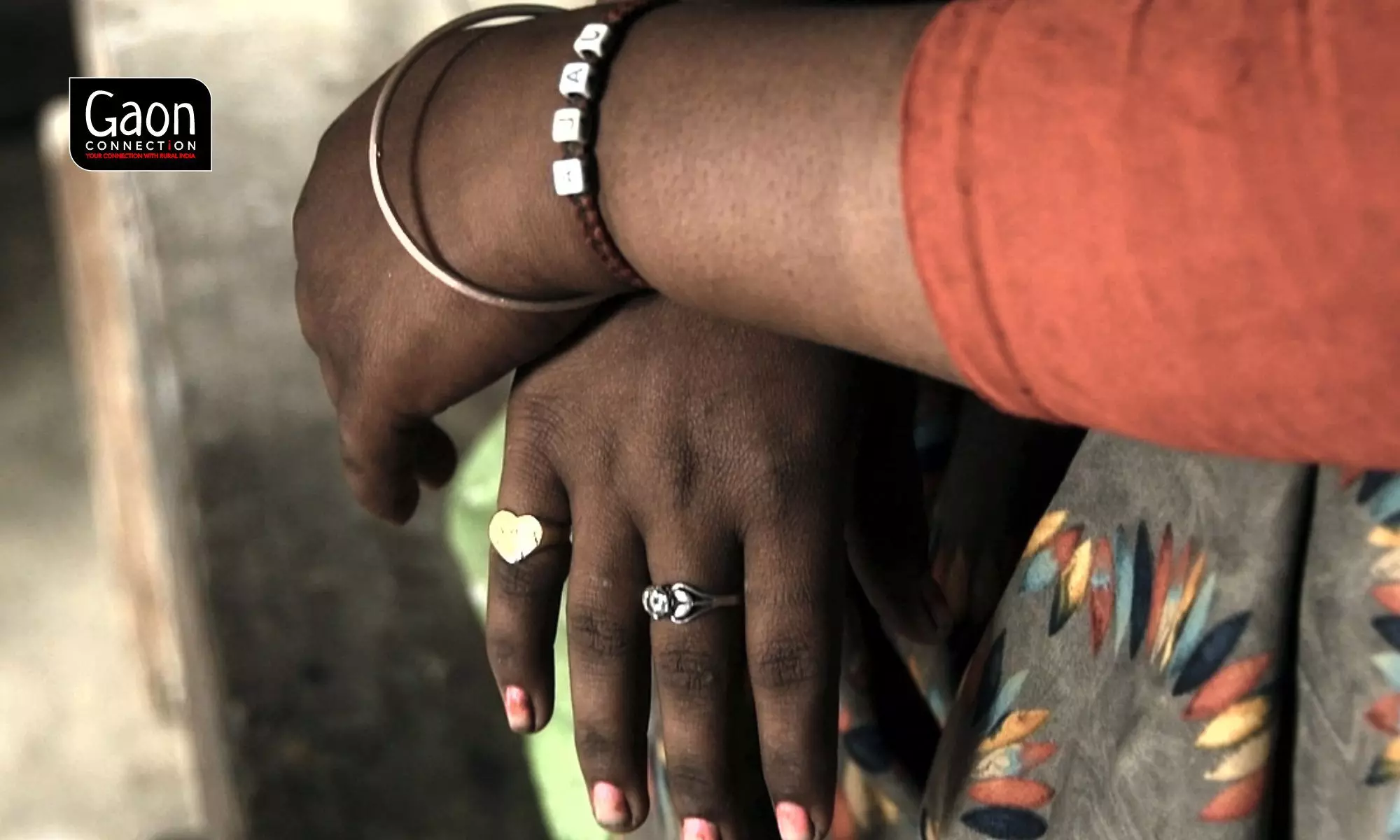
When asked what she would like to do now, Gudiya did not respond, but stared at the floor with her eyes full of tears. Photo: Mohd Salman
Unable to take the physical and verbal abuse, Gudiya returned home to her parents three months after she was wed. As a consequence of being mercilessly beaten by her husband, Gudiya suffered facial paralysis. Her parents, who barely could make ends meet, spent Rs 15,000 to treat her. Gudiya’s husband never visited her, her mother grieved. But they never filed a case against the man.
As for Gudiya, who studied till seventh grade, her future is still not hers to decide. When asked what she would like to do now, she did not respond, but stared at the floor with her eyes full of tears.
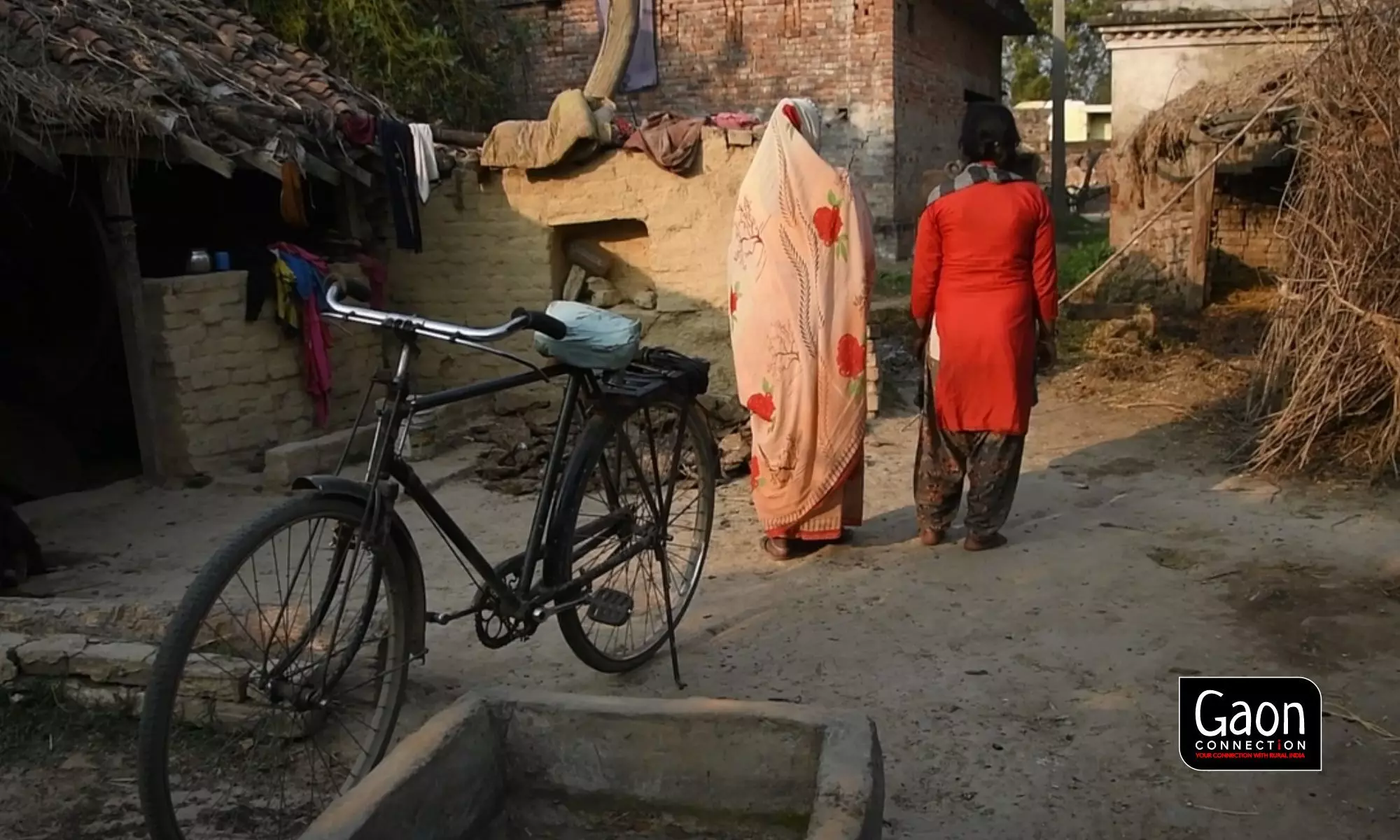
A sad and awful truth
Political parties in India’s most populous state Uttar Pradesh, went to town wooing the aadhi abaadi (women voters) in the recently concluded assembly elections. Tall promises were made to empower women, but the matter of child marriages barely figured in any party’s manifesto.
Terming child marriages in Uttar Pradesh a sad and awful truth, Suchi Vishwas, spokesperson for the Indian National Congress said women in the state were already plagued with malnutrition. An early marriage and pregnancy made the situation worse for them. “Only when she is educated will she be financially stable and atma nirbhar (self-reliant),” Vishwas told Gaon Connection.
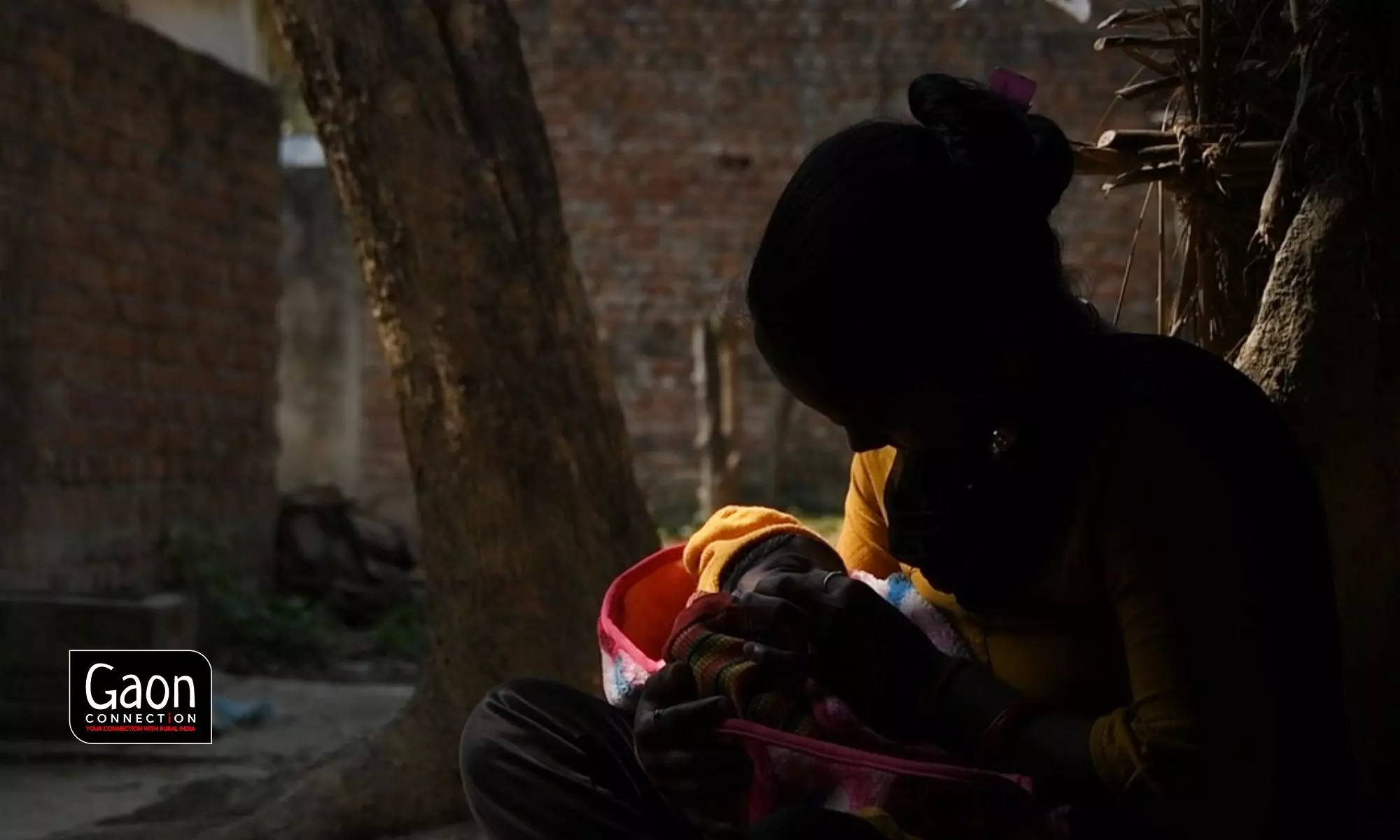
Recalling the brutal rapes at Hathras and Bulandshahar, Vishwas said parents of young girls were naturally worried about their safety. “Such families are forced to marry off their daughters early. What is the point of a government that tolerates anachaar (wrongdoing),” she asked.
Rakesh Tripathi, Bharatiya Janata Party (BJP) spokesperson, said his government was keeping a close watch on crimes against women. “We consider women as invincible, not helpless,” he told Gaon Connection.
“We are working to increase the legal marriage age of girls, the same as men. We have awareness campaigns about the evils of child marriage and we have been successful in reducing child marriages in Uttar Pradesh,” he claimed.
NFHS data (2019-21) also reveals that there has been a drop in child marriages in the past five years in the country. While in 2015-16, there were 31.5 per cent of women in the age group 20-24 years, who were married before they turned 18, the percentage dropped to 27 per cent in the year 2019-21.
In Uttar Pradesh, the incidence of child marriage came down from 21.1 per cent to 15.8 per cent in the same period. But sector experts are not impressed.
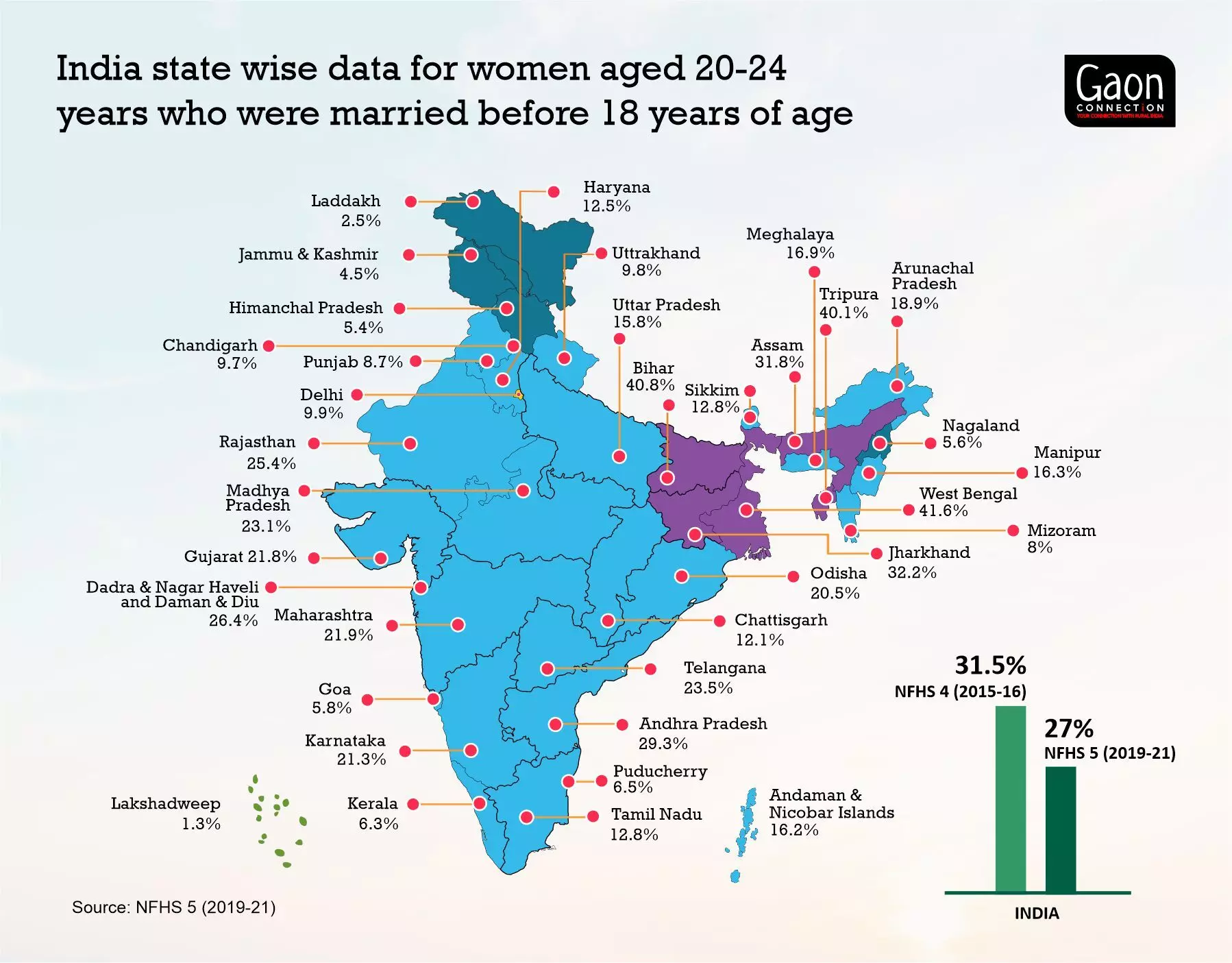
Will raising legal marriage age help?
The Indian government’s Prohibition of Child Marriage Act 2005 forbids child marriages. Anyone found practising it is liable to be punished with rigorous imprisonment and a heavy fine.
In the winter session of the Parliament, the central government proposed to raise the legal marriage age for women from 18 to 21 years. But, will this have any real impact on the ground, ask child rights activists. The Prohibition Of Child Marriage (Amendment) Bill, 2021, proposes to address the issues in a holistic manner, as a measure for empowerment of women, gender equality, increasing the female labour force participation, make them self-reliant and to enable them to take decisions themselves.
The Bill, that proposes to amend the Prohibition of Child Marriage Act, 2006, was sent to a parliamentary standing committee last year on December 21. After the Bill is passed, the legal marriage age for girls will be 21 years.
“Sameness is not necessarily equality,” Amita Pitre, lead specialist (Gender Justice) with Oxfam India, argued in her recent column in Gaon Connection. “Instead of criminalising marriages beyond 18 we need to create an enabling environment so girls can wait till 18 and then decide on their own,” she wrote.
Also Read: Same is not equal; need enabling measures to increase girls’ age of marriage
Meanwhile, in September 2021, the Rajasthan government passed a bill in the state assembly amending the Rajasthan Compulsory Registration of Marriages Act, 2009.
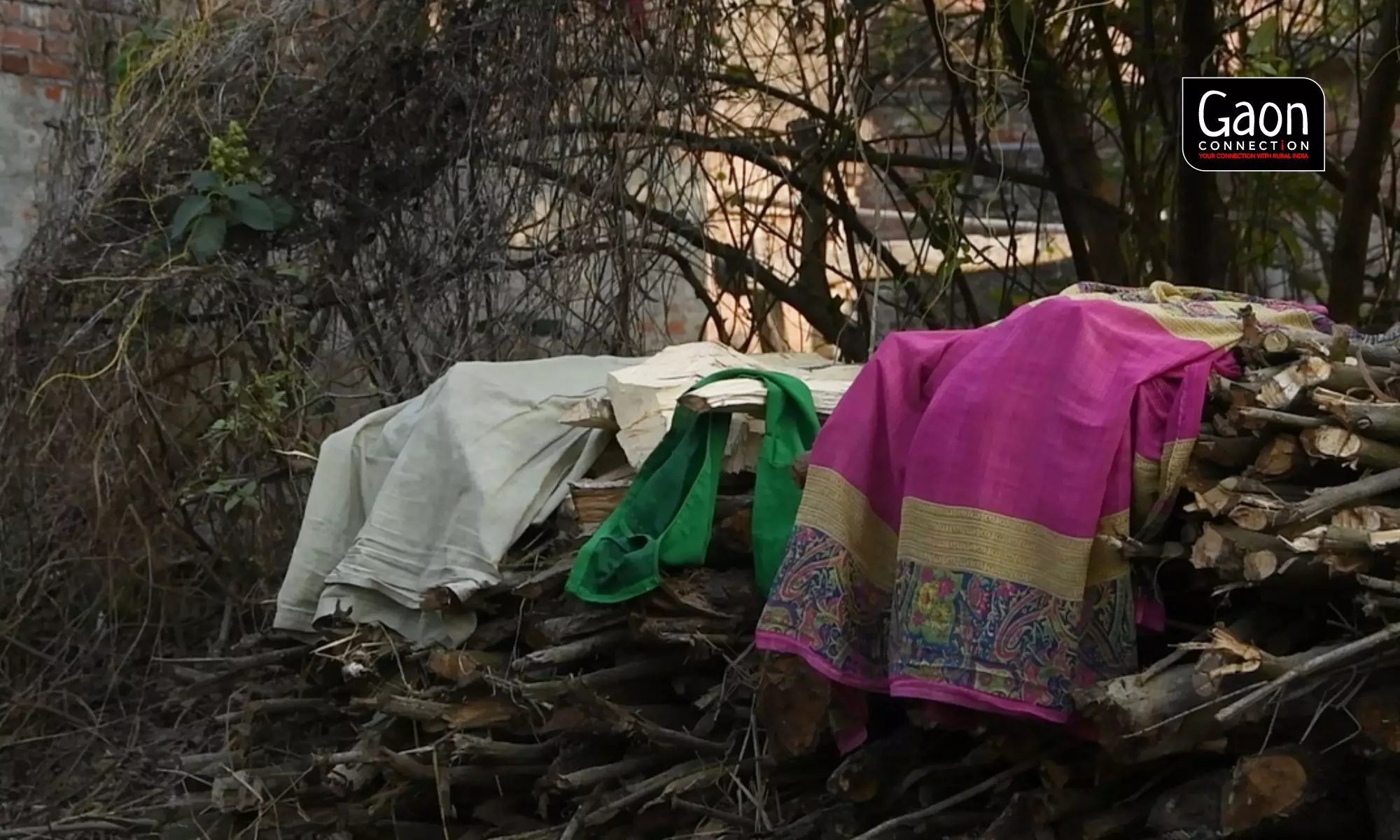
Nearly 75 per cent of the population of Shravasti is multidimensionally poor, indicating abject poverty has led to a prevalence of child marriages. Photo: Mohd Salman
The new amendment stipulates that in case of a marriage between a girl less than 18 years old and a boy less than 21 years of age, their parents or guardians would have to notify the administration within 30 days of the wedding. The new bill will authorise the government to appoint an Additional District Marriage Registration Officer and a Block Marriage Registration Officer to register marriages.
There was an uproar of protest as many activists believed the bill would legitimise a crime and exploitation of children. The state has since decided to re-examine the bill.
“Villagers do not understand what is legal or what is illegal and raising the legal marriage age is not going to make much difference in the rural areas,” Aakash Gupta, a civil and criminal court lawyer practising with the Allahabad High Court, told Gaon Connection.
The government needed to simplify legalese and empower society to speak out against evil practices such as child marriages, he said. “We have laws but they are not working, it is the society that needs to work upon it. Take Gudiya’s case. A case could have been filed against the husband for domestic violence, but it wasn’t. The parents needed to speak out,” he pointed out.
Pandemic and rise in child marriage
As per the NFHS data (2019-21), 51.2 per cent child brides are from Shravasti, 37.5 per cent from Bahraich, 35 per cent from Balrampur, 33.9 per cent from Siddharthnagar — districts along the Indo-Nepal border. After Shravasti, the second worst district is Lalitpur in the Bundelkhand region (42.5 per cent).
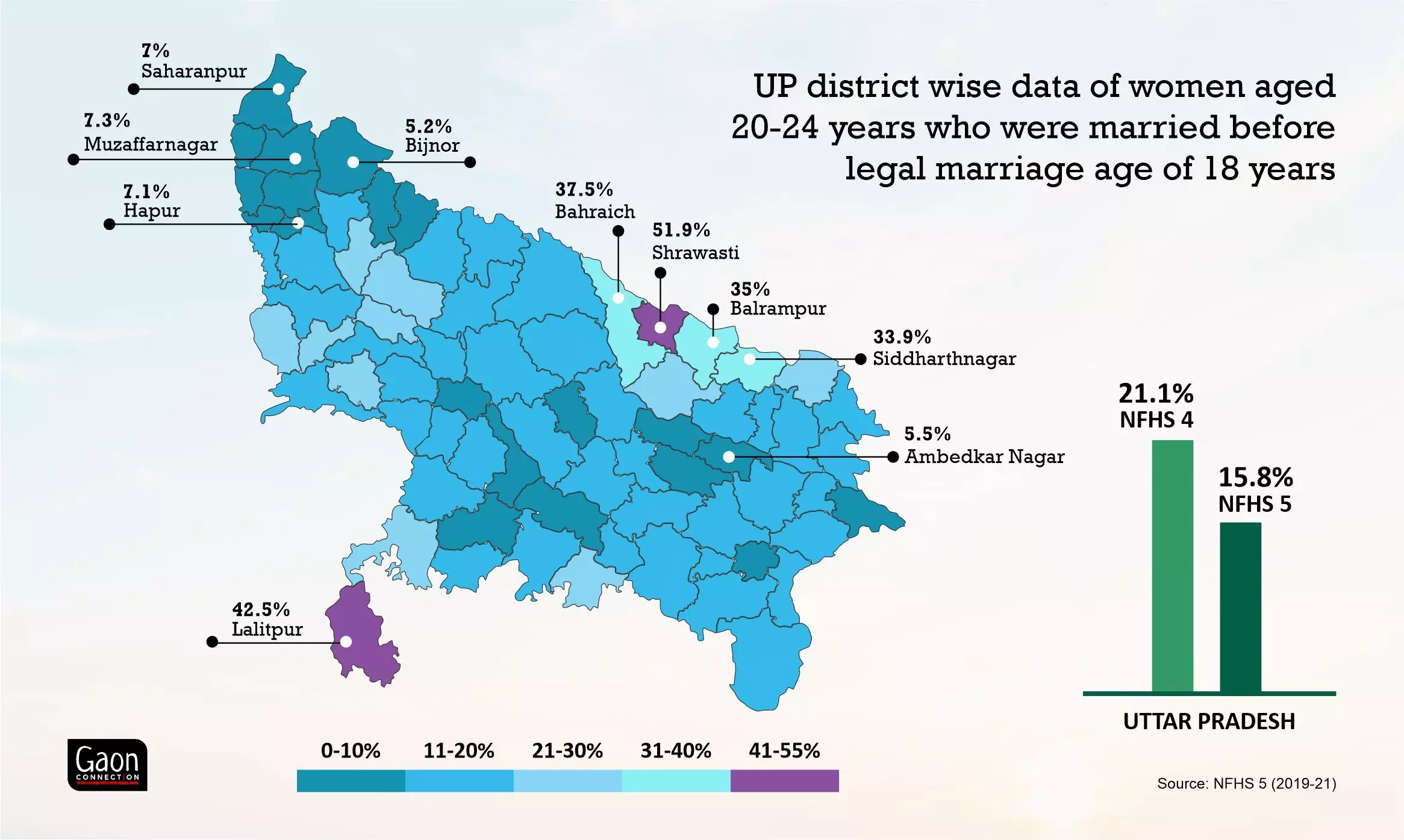
According to a 2021 NITI Aayog report titled National Multidimensional Poverty Index Baseline Report, nearly 75 per cent of the population of Shravasti is multidimensionally poor, indicating abject poverty in the district has led to a prevalence of child marriages.
A 2022 report of Save the Children warned that although the prevalence of child marriage has declined from 74 per cent in 1970 to 27 per cent in 2015, things might fall apart as a result of the COVID-19 pandemic. In fact, 10 million additional child marriages might occur globally due to the crisis that emerged during the pandemic, as pointed out in a recent UNICEF study titled ‘COVID-19: A threat to progress against child marriage’.
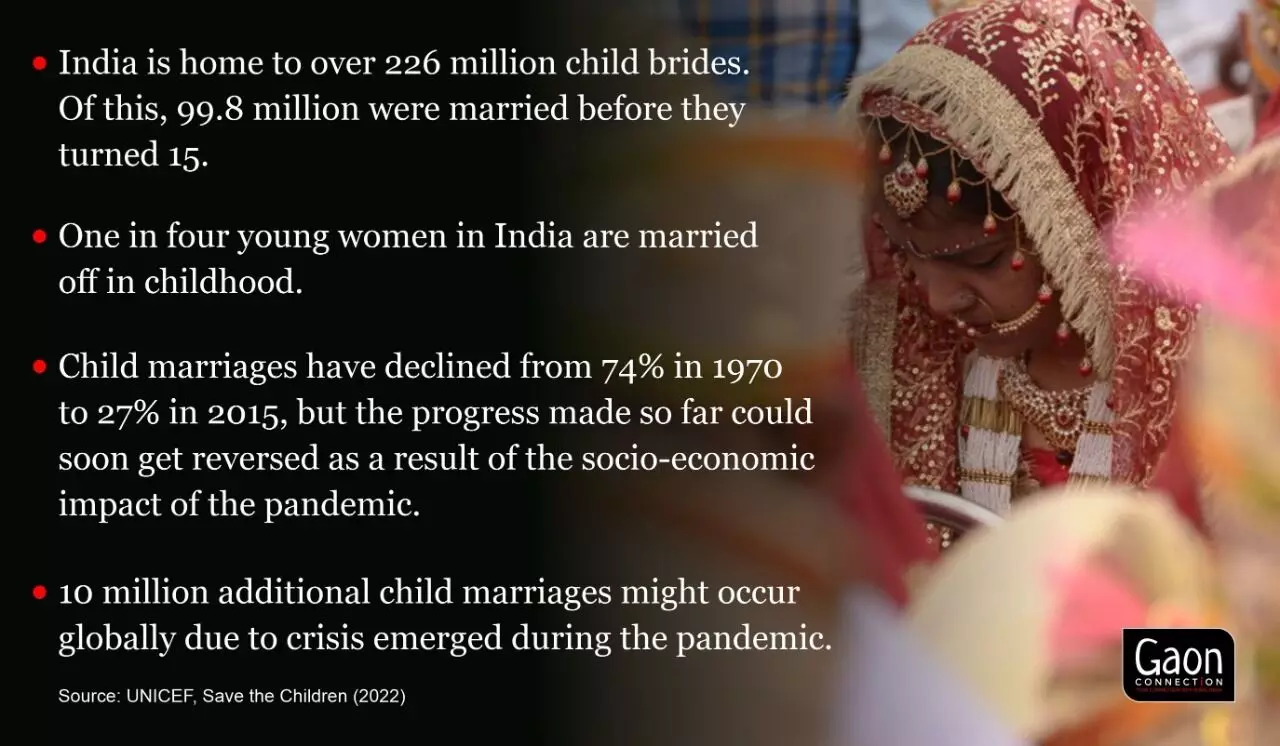
Job losses, reduced household incomes, shut down of educational institutions increased the likelihood of child marriage.
In 2020, Gaon Connection did a ground report from Cooch Behar district of West Bengal, highlighting how young girls were pushed into child marriages despite the COVID-19 pandemic and the lockdown.
West Bengal accounts for about 26 per cent marriages of young girls aged 15-19 years in India. More than half the marriages in its Cooch Behar district are child marriages. Between March 1 and August 15 in 2020, amid the COVID19 pandemic and the lockdown, 119 child marriage cases were reported in Cooch Behar district.
“The pandemic has made our work even more difficult. We were conducting awareness programmes to educate the panchayats. That has stopped now and many outreach workers are infected or quarantined,” Snehashis Chowdhury, district child protection officer, had told Gaon Connection.
Child marriages and the sustainable development goals
BS Niranjan from Women and Child Development, Government of Uttar Pradesh, told Gaon Connection that the state government has been raising awareness campaigns regularly through its Beti Bachao, Beti Padhao scheme, Mission Shakti, and Childline (1098).
“Apart from this, we have officials at the district level who immediately stop such marriages if they receive information. We have child protection committees at the village level which share information with us,” he added.
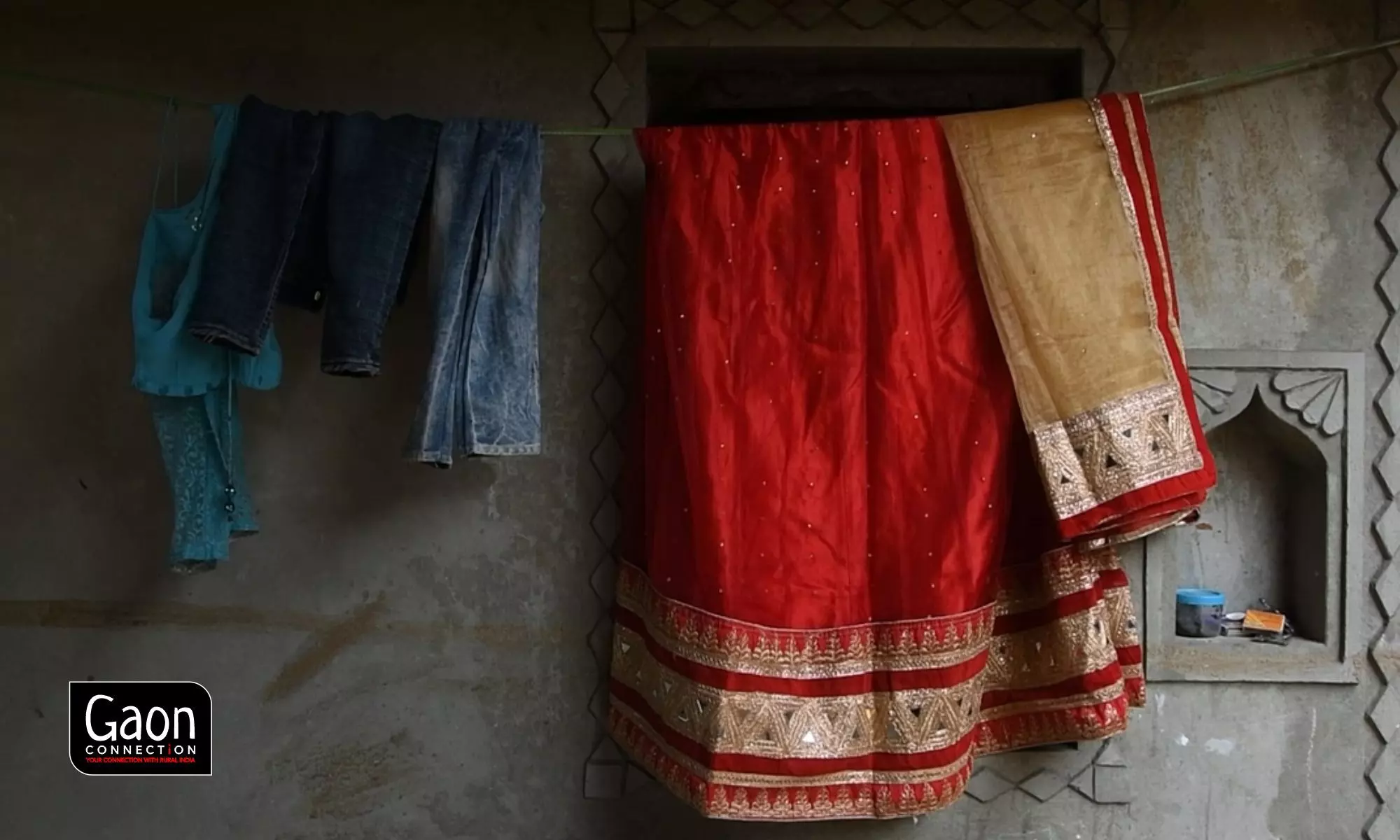
One in four young women are married off in childhood in India. This is the wedding dress of Neelam, who was married off when she was 12. Photo: Shivani Gupta
There was a government programme called Mahila Samakhya that once ran in Uttar Pradesh. Under the Women and Child Development department, the programme was aimed at empowering women by spreading awareness about the protection of women from domestic violence, child marriages, sexual harrasment, dowry, at the grassroots level.
According to the villagers, the organisation did some good work when it came to stopping child marriages. Unfortunately, the programme is claimed to have closed down in 2020 due to paucity of funds from the Women and Child Development programme.
However, the government officials claim otherwise. “There was no shortage of funds, but it was a decision of the department. We are trying to strengthen other programmes for child marriages,” said Niranjan.
Villagers want the scheme to be resumed as it was their only way to get government support. “The Mahila Samakhya team guided us, and I am sure if the scheme was resumed many more child marriages would be stopped,” Roopkali, a resident of Sonbarsa village, told Gaon Connection.
Child marriage is on the global development agenda. It is included in the Sustainable Development Goal (SDG) target 5.3, which aims to eliminate the child marriage practice by 2030. However in order for that to happen, a UNICEF 2022 report points out that there has to be a 22 per cent annual rate of reduction.
Meanwhile, Chimki and Gudiya can only dream of a life outside their present one of drudgery, pain and poverty.
Note: Some names in the story have been changed as per request.






